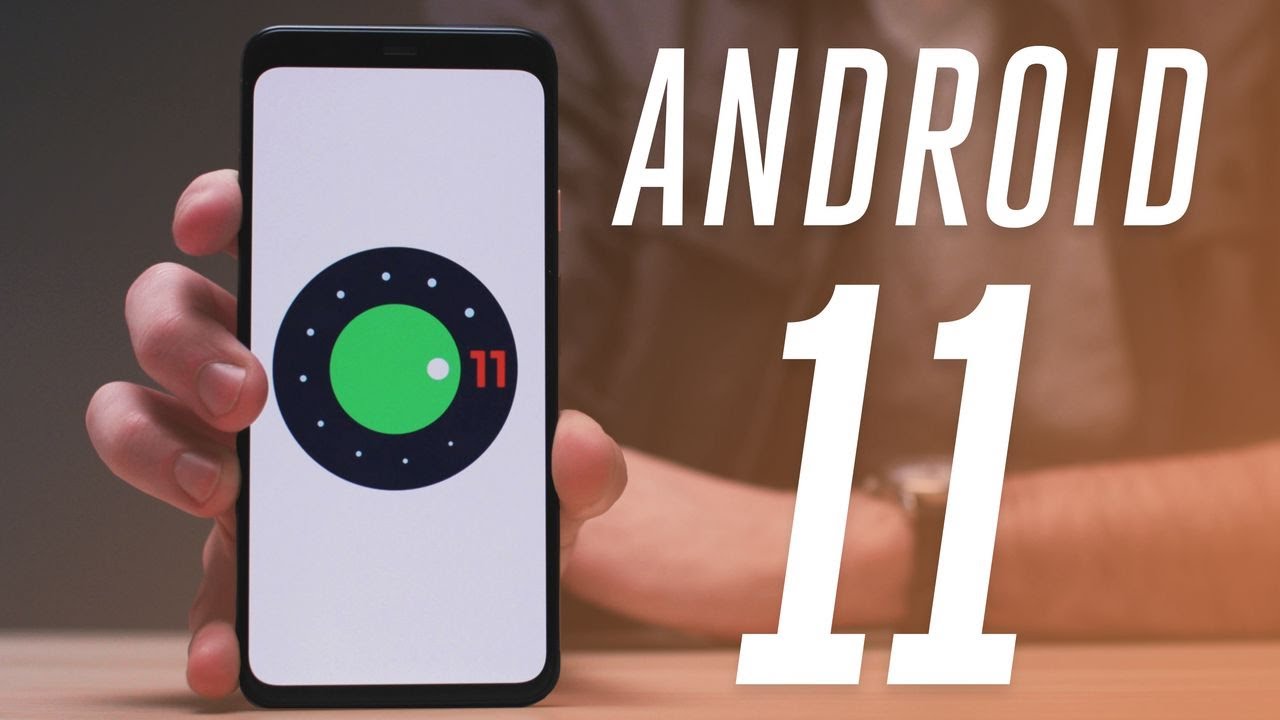When a new OS comes out, the adoption rate is monitored for a number of reasons.
For one, it shows user sentiment about the new OS. After all, if it is not as good as it is supposed to be, users would likely stick to their version that they were on before. It is also a measure of how soon an old version can be phased out of the support system so resources can be dedicated to maintaining only one version.
Here, the Android 11 OS has been doing well.
Google’s Android has been plagued by a slow adoption rate in the past years. Most times, this is not the fault of the users but OEMs either not pushing out updates or selling new units with newer versions at a premium first.
With the Android 11, Google now boasts a 25% adoption rate – which happened in just six months of the software rollout.
By comparison, the most widely used Android OS (the 10) enjoys a 33% adoption rate and that will only keep going down as the Android 12 – or whatever the next one will be called – is already in the pipeline.
Note that the numbers above are for the US, which is one of the biggest Android markets in the world. Going global, the Android 10 has an adoption rate of 44% instead.
The coming year will look to see if Google can maintain this success in the adoption rate by looking at what works.



